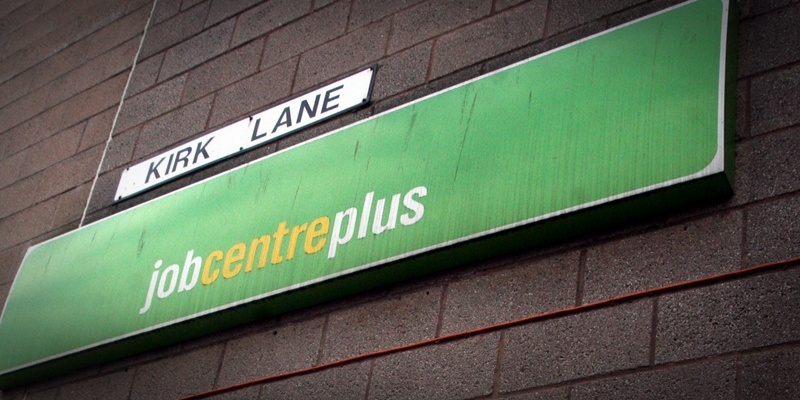The number of people employed in the Scottish public sector dropped by 4% in a year, according to figures out on Wednesday.
This is equal to a drop of 25,200 between the second quarter of 2010 and the same period this year, taking the total to 595,200.
Public sector employment accounts for 23.9% of jobs in Scotland, down from 25.3% over the same three months in 2010.
Of the public sector staff, about 83% work in bodies devolved to Scotland, with the remainder working in areas reserved to Westminster.
The number of people employed in devolved areas fell by 19,700 over the year, while employment in UK areas fell by 5,500.
Finance Secretary John Swinney said the private sector created 57,700 jobs in Scotland over the same period.
“As a government, in the teeth of spending cuts from Westminster, we are prioritising investment in frontline public services, including delivering over 1,000 additional police officers since we came to office, while the number of NHS staff has risen by 3,500 since the second quarter of 2007.
“Scotland continues to have higher employment, lower unemployment and lower economic inactivity rates than the UK.
“We are accelerating our programme to reform public services, improve performance and focus on the outcomes that matter to people.
“The spending review to be published next week will build on our track record of public sector reform and efficiency, and will see an even greater shift towards collaboration across the public sector.”
